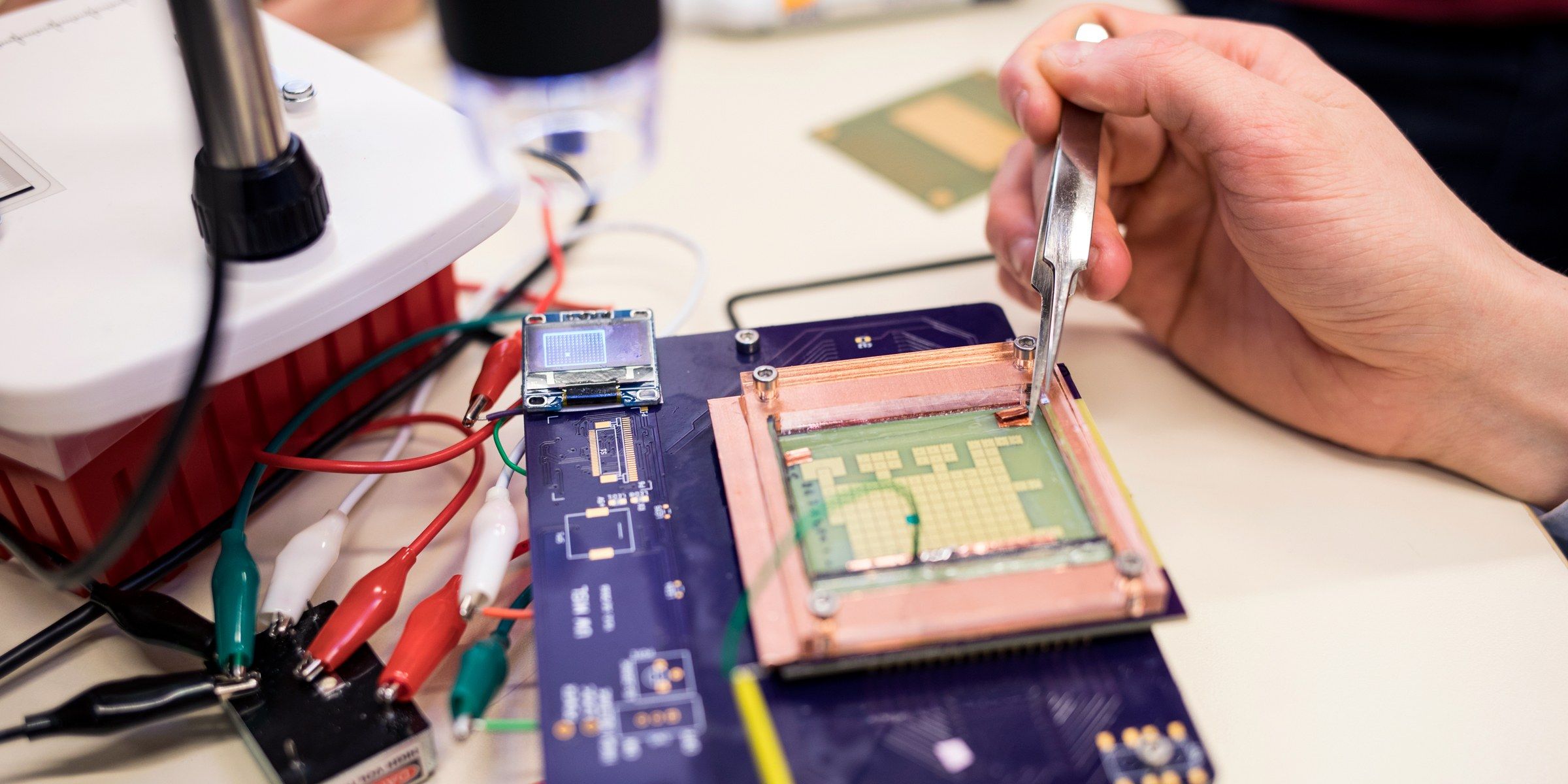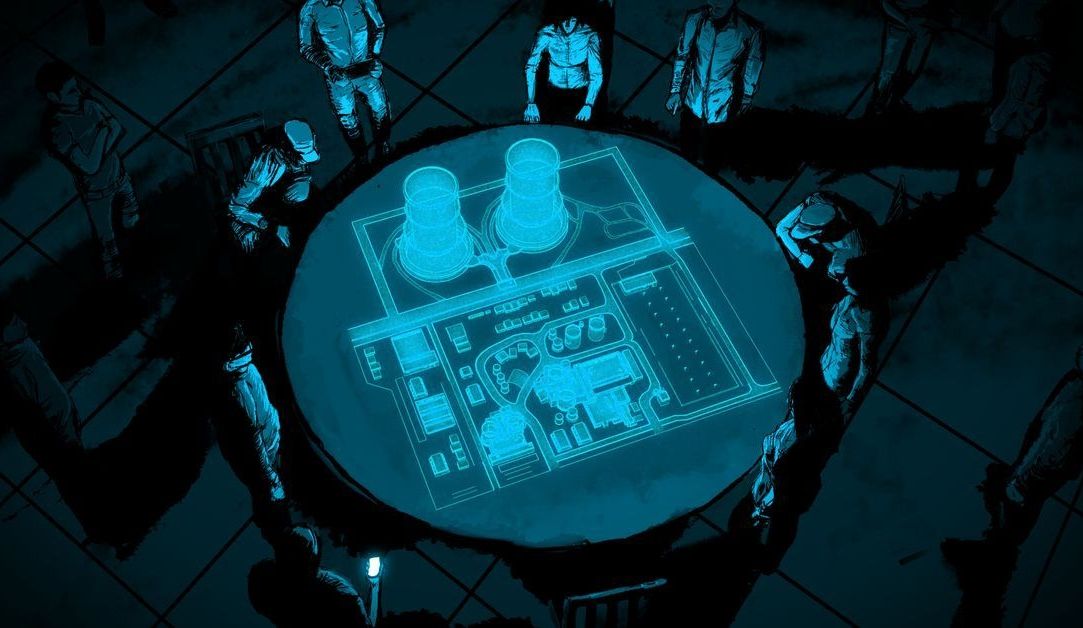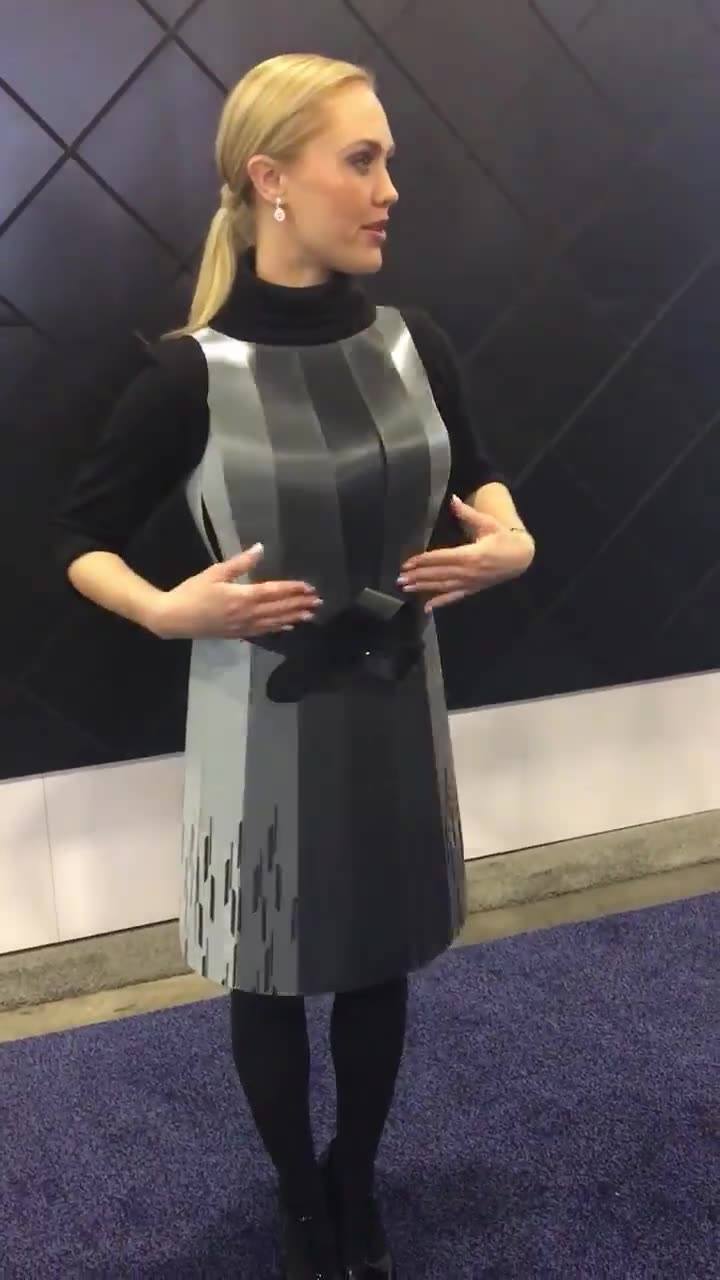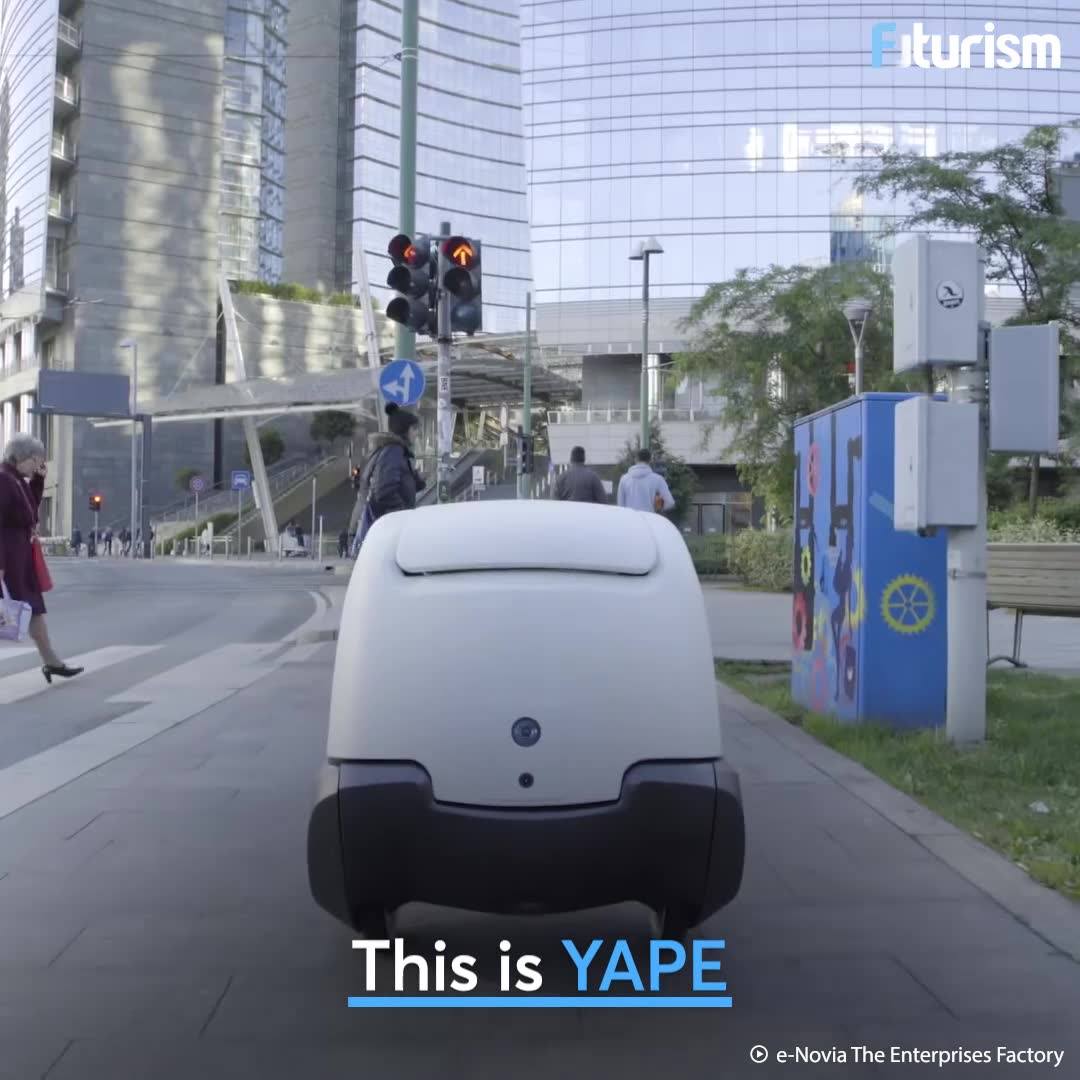Page 9693
Jan 25, 2018
Behind the simulations imagining the nuclear apocalypse
Posted by Derick Lee in categories: cybercrime/malcode, finance
Security experts say more of these hands-on demonstrations are needed to get an industry traditionally focused on physical protection to think more creatively about growing cyber threats. The extent to which their advice is heeded will determine how prepared nuclear facilities are for the next attack.
“Unless we start to think more creatively, more inclusively, and have cross-functional thinking going into this, we’re going to stay with a very old-fashioned [security] model which I think is potentially vulnerable,” said Roger Howsley, executive director of the World Institute for Nuclear Security (WINS).
The stakes are high for this multibillion-dollar sector: a cyberattack combined with a physical one could, in theory, lead to the release of radiation or the theft of fissile material. However remote the possibility, the nuclear industry doesn’t have the luxury of banking on probabilities. And even a minor attack on a plant’s IT systems could further erode public confidence in nuclear power. It is this cruelly small room for error that motivates some in the industry to imagine what, until fairly recently, was unimaginable.
Continue reading “Behind the simulations imagining the nuclear apocalypse” »
Jan 24, 2018
Scientists Just Cloned Monkeys. Humans Could Be Next
Posted by Shane Hinshaw in category: biotech/medical
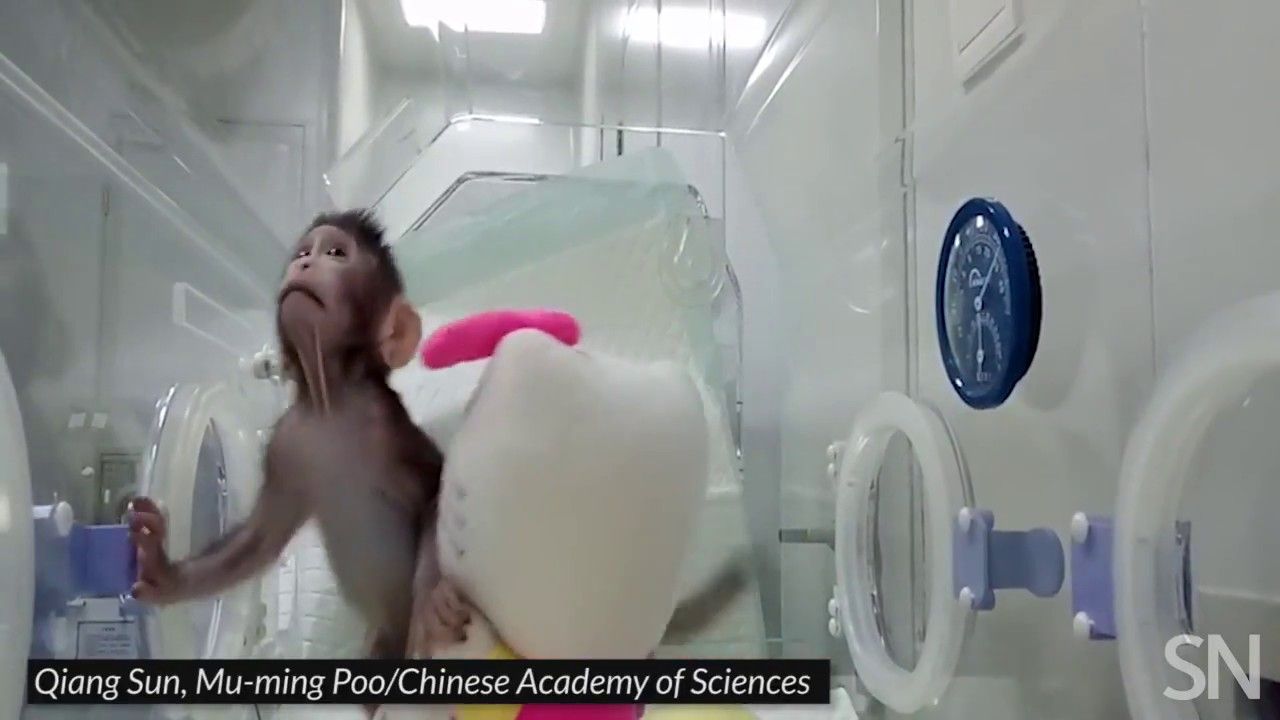
Since the birth of Dolly the sheep in 1996, scientists across the globe have used the same technique to clone nearly two dozen other animal species, including cats, dogs, rats, and cattle. Primates, however, had proven resistant to the process — until now.
In a new study published in Cell, a team of Chinese researchers led by Qiang Sun at the Chinese Academy of Sciences Institute of Neuroscience in Shanghai reveal that they’ve found a way to tweak the Dolly cloning technique to make it work in primates. Their efforts have resulted in the birth of two cloned female macaques: Zhong Zhong and Hua Hua.
Continue reading “Scientists Just Cloned Monkeys. Humans Could Be Next” »
